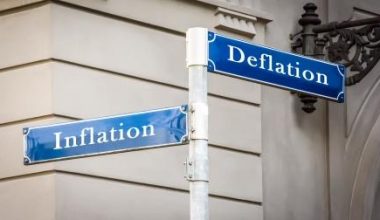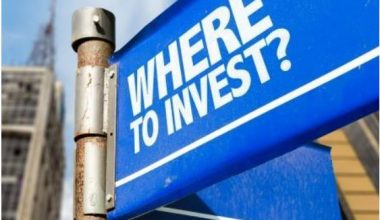By Anu V Pai
Domestic natural rubber prices seem to be in a revival mode. RSS4 grade rubber in the Kottayam market has risen to Rs.170 a kg after hitting two-month lows earlier this month. The market sentiments continue revolving around the Covid-19 pandemic- its new Delta variant and the resultant distortion in demand-supply. The restrictions and lockdown placed to curb the spread of pandemic in many states in India during April-June period had dented the demand for natural rubber, putting downward pressure on prices. Resumption of production activities after the lean season and weakness in natural rubber prices in overseas markets weighed on the prices as well. The commodity has been trending lower in the overseas market since March. The resurgence of Covid-19 infections in India, Japan, UK, ASEAN countries, Australia etc., renewed worries over global economic growth momentum. Concerns over demand especially from the leading consumers – China and India, slowdown in auto sales and lackluster manufacturing data from China added to the woes as production of natural rubber started to increase from the top producers like Thailand, Vietnam, China etc. after the lean phase.
Japan’s Osaka rubber futures hit 8-month lows earlier this month. SHFE rubber futures clocked a similar move in June. Yet, the decline in natural rubber prices in the Indian market was comparatively limited to that of the overseas market.
As Covid-19 restrictions are being eased in many states in the country, a revival in demand for natural rubber is being anticipated. Auto sales and vehicle production in the country were hit at the beginning of this fiscal due to Covid-19 lockdown and various restrictions. With the easing of restrictions, auto sales in the country rose in June. According to the Society of Indian Automobile Manufacturers (SIAM), passenger vehicle wholesale in India rose to 2,31,633 units in June as compared with 1,05,617 units in the same month in 2020, noting a massive 119 percent growth. Also, despite lower natural rubber prices in the overseas market, weak rupee, logistics delays and higher freight costs may probably make imports costlier and make local produce more attractive. According to the Association of Natural Rubber Producing Countries (ANRPC), global logistics remains hindered by shortage of containers around the world, port-traffic jams, shipping delays and abnormal increases on ocean freight. Ocean freight has increased by three to five-fold over the past three months. In the meantime, tapping has resumed in Kerala, the main producer of natural rubber in the country, after the lean season, which could see a rise in supply in the coming days. Natural rubber prices are staying relatively higher compared to previous years and Kerala government raising the minimum support price under the Rubber Production Incentive Scheme to Rs.170 a kg could incentivize farmer to tap more. Nevertheless, with the monsoon season on, production-related activities and transportation could be affected. According to Indian Meteorological Department’s Thiruvananthapuram Center, Southwest monsoons are deficient in Kerala, a departure of 29 percent from normal for the period June 1 to July 21. Ernakulum, Kottayam and Pathanamthitta districts received normal rainfall, while it was deficient in other districts during this period.
Overall, firm moves could be witnessed in the Indian natural rubber market in coming days on the back of expectation of revival in demand, but Covid-19 pandemic situation and the threat of emergence of third wave, progress of southwest monsoons in Kerala and cues from the overseas market could set the tone for the market.







